Kick-start your business with advice from the experts about how to get your handmade products into shops…
If you’ve always dreamed of seeing your makes on the shelves of your local boutique or displayed in the windows of a high street department store, now is the time to make those goals a reality.
Retailers are always on the lookout for the next big thing and your creations could be the next big seller in their stores.
It can be hard to know where to start, but by embracing your confidence in your crafts and doing your homework it can be the thing that turns your side hustle into the crafty career of your dreams.
We got together three wholesaling experts to guide you through the basics. Yvonne Fisher’s stunning and quirky homeware collection, Yvonne Ellen, hit the big time when she was stocked by stores, such as Liberty and John Lewis.
Clare Yuille of Merry + Bright is a retailer who knows what it takes to get the interest of shops (and has even set up the Indie Retail Academy to help makers get a foot in the door). While Therese Oertenblad of Small Business Collaborative, runs courses to help you navigate the world of wholesaling from pricing to pitching. Here they answer all the questions you need answering to take the first steps to selling in shops...
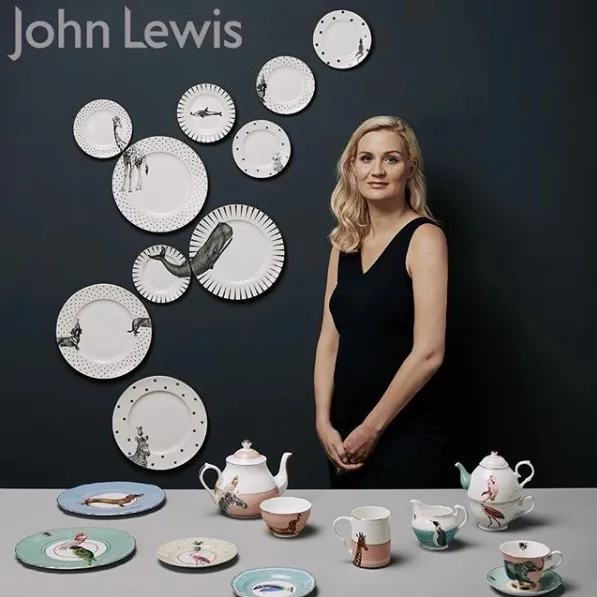
How do you tell if it’s the right time for you to start wholesaling your makes?
Therese: Before you start thinking about wholesale you need to make sure you can produce enough products at a consistent quality. Make sure you get clear on all your costs and the time commitment it will take to produce bigger orders and actively chase after new potential wholesale customers. If you are confident that you can then it might very well be a good time for you to start to wholesale.
Yvonne: When I was contacted by Liberty London I knew I had to try and make wholesaling work for me as this is one of my absolute favourite stores and I knew it would elevate my brand to the next level. I think it is very important in the early stages of building your business to remain true to what you love and if certain opportunities don’t quite fit in with your aspirations it’s OK to say no.

What is the best way to approach shops you would like to be stocked in?
Yvonne: To begin with find out the best person to speak with (often the manager or buyer), and be able to provide any information or samples as soon as possible. It’s also essential to be confident in what you are showing them - if you love what you do, chances are they are more likely to also!
Clare: Many retailers, although not all, prefer to receive submissions by email. When you pitch to us, we want to know what kind of lovely thing you make and who you make it for. Show us you know something about our specific store. Next, tell us why we should buy. Why is your work a good match for us?
Artists sometimes feel embarrassed at this point and say, “If you want more details let me know!” But retailers are very busy and you often have just one shot at grabbing our attention. If you can accomplish all that, and show a flash of personality while you’re at it, you’ll be doing miles better than 95% of the competition.

How should you work out your pricing for wholesalers?
Therese: There are lots of different modules to work out your prices and I think it's very individual to each product. if you’ve been making and selling your products for a while you already have an established selling price (RRP) and most retailers will expect a 2.2-2.5 mark-up on the wholesale price, this means that they would expect a 55%-60% discount off RRP. So, if a product retail at £10, most retailers would expect to pay between £4-£4.50. You will need to cover the cost of all your material and your time and still make a profit. It might sound very low remember with wholesale you make your money by selling volume.
Clare: Since there’s a lot to think about, we pulled together a How To Price Your Work, which includes a simple pricing formula. You must make sure you don’t undercut your retailers. We can’t compete with that so we’re likely to be pretty cheesed off if you try it. Does this mean you might have to put your own prices up when you start selling to stores? Yes. Artists can get very worried about this but it’s actually a good thing. You benefit from a higher and more predictable income from stores, and you’re also making more when you sell to the public. It’s scary, but it’s a vital step in scaling your business.
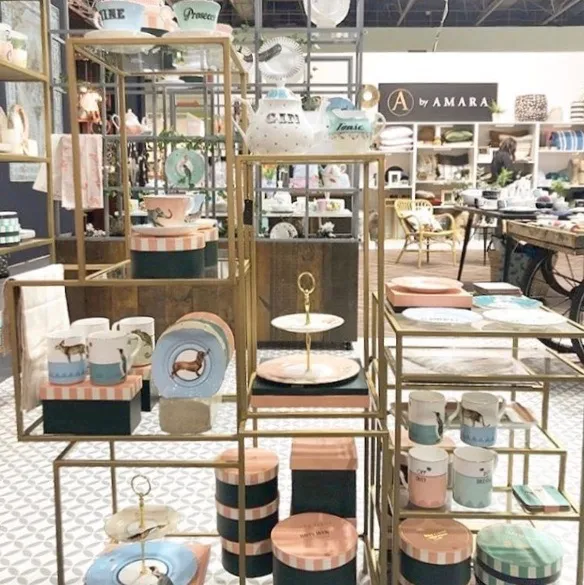
What do you need to have to show potential stockists?
Clare: Retailers want to see a pitch letter or email, which tells us why we should consider stocking your work. Then we need a line sheet or catalogue. It can be a printed booklet or a PDF. Your catalogue should contain two kinds of photo. Lifestyle shots, which show your product in action, and white-box shots which show it against a plain background. The first kind of picture helps retailers fall in love with your work and get that “Yes!” feeling about you. The second is more factual and helps us understand exactly what we’re buying.
Add a Welcome page where you introduce yourself and maybe a 'Behind The Scenes' page where you give us a glimpse into your world. There should also be a 'How To Order' page and your terms and conditions, which set out how you do business. And you should either include your wholesale prices in your catalogue or attach them in a separate document.
Therese: You also need to make sure that your products are retail ready, this includes checking that they meet all legal requirements and that you include all relevant warnings or instructions on your product packaging as well as making sure your branding is on all your products. Have a clear idea about how your products can be displayed in shops and that the packaging is fit for retail.
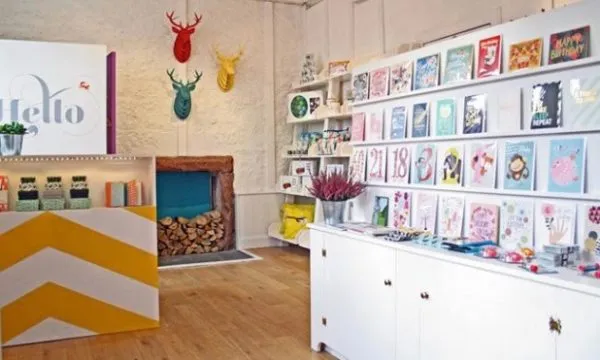
What other ways can makers use to find people who may be interested in stocking their makes?
Yvonne: Social media is a really great way to find potential stockists. When contacting potential stockist through social media it also gives them the opportunity to see what you do on your own social media page. It’s good to meet people face to face also, so physically visiting the stores can be very beneficial. By chatting to staff in store you may be able to find out the details of who is best to contact as well as getting a good look at what they currently sell.
Therese: Trade shows are expensive and I often advise getting some experience selling to shops before exhibiting at a trade show. There's nothing wrong with starting small and local and expanding from there.
Clare: If you know your work might do well in a particular location, like seaside towns or arty neighbourhoods in big cities, use Google Street View to virtually visit those places. When you find one that looks like a good fit, hop over to their website and check them out.

What are the biggest mistakes you can make when approaching a wholesaler?
Clare: Turning up out of the blue with a bag of samples definitely puts us on the spot. There are retailers who welcome visits from potential suppliers, but check first. You’ll often find submission guidelines on a retailer’s website, or give them a quick ring. Other common mistakes we see in pitch emails are not doing your homework - so many pitches have obviously been cut and pasted.
Therese: Not being clear on your prices and your terms. You might feel like you are being really flexible and nice by not having any minimum order or pack sizes. However, it often just makes you look less serious and reliable.
Yvonne: Offering things that you may not be able to achieve or deliver. As long as you are honest with what you can and can’t do from the outset, you'll avoid disappointing any future wholesalers and maintain a good relationship for the long-term.
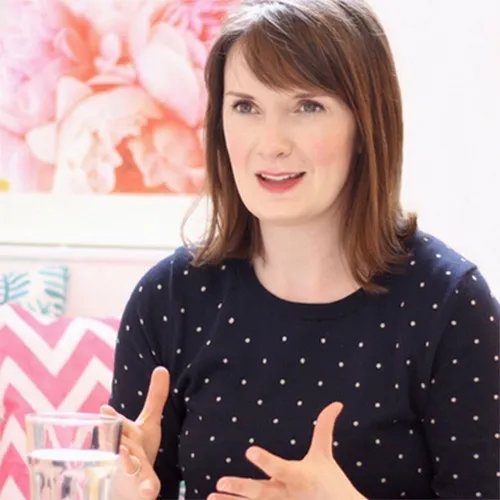
How does wholesale compare to sale or return, or renting a shelf and how do you decide which works best for you?
Clare: Wholesale is clean and simple. A store places an order, you invoice them, they pay for it and you dispatch the goods. Sale-or-return can work brilliantly if your products are high-end and if you’ve got a good relationship with the store. Even then, there’s more work to do. You have stock scattered across different locations, you need to keep checking in to see if anything’s sold and so on. All of the risk lies with you.
Renting a shelf can also be great, but the store needs to be well-managed and in a busy location. And you’re still at the mercy of many variables out of your control.
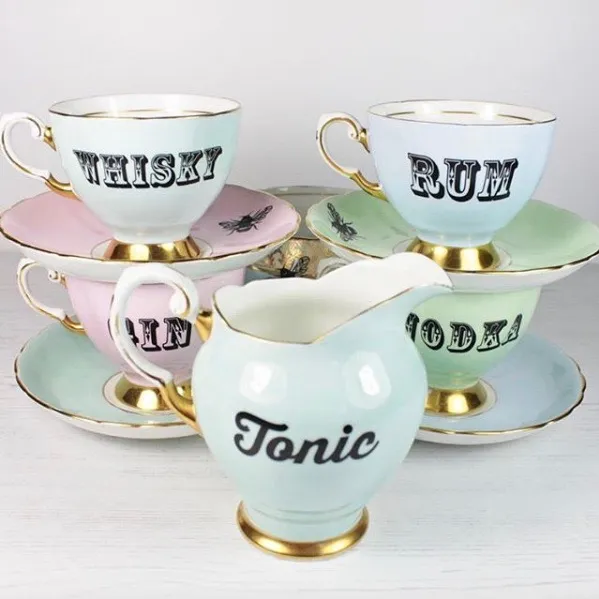
What do I need to think of apart from the product before wholesaling?
Yvonne: Having great packaging and presentation is essential when wholesaling your product as you really want your product to stand out on the shelf and be eye catching to passing customers.
Clare: You need a wholesale price that gives your business energy to grow, in the form of profit, and stores need to be able to make money from selling it. You need to understand industry language like “minimum order” and “carriage paid,” and to have thought out your terms and conditions. Knowing your lead time is also important. Selling to stores is all about relationships. It’s much easier to make a connection with retailers when you’re enthusiastic about what they do.
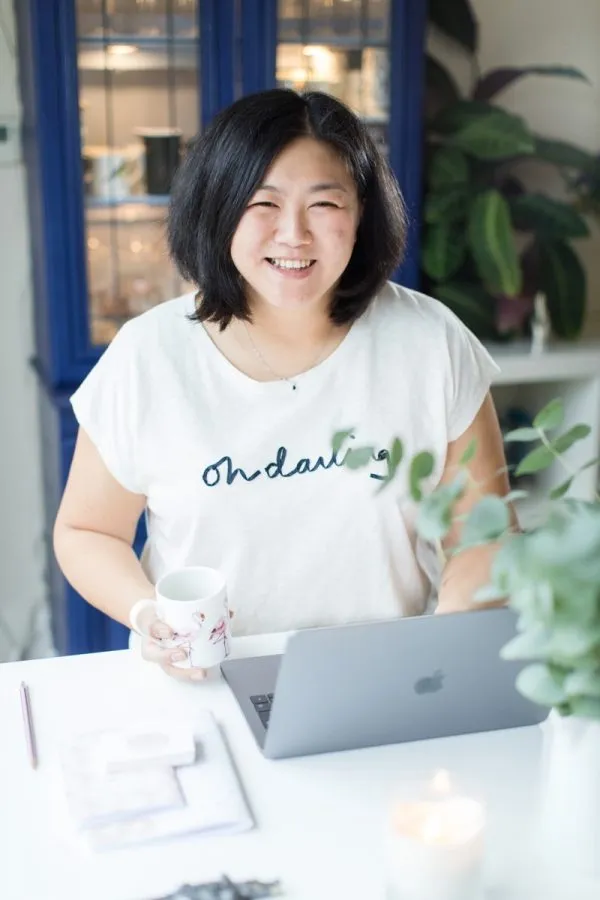
Therese’s top five tips for wholesaling
- Be realistic with your capacity and think about who can help you in-case you need to make more products than usual.
- Get clear on all your costs, and remember to factor in your time. Set yourself targets to get clear on how many products you need to sell to break-even and pay yourself. Make sure that it's realistic that you can produce this many products.
- Make sure you have set clear terms and conditions and if you agree to any sale or return or other selling module make sure that it suits your business and doesn't just benefit the stockist. Remember it should be a two-way relationship.
- Be persistent, don't give up and remember that you won't hear back from everyone and not everyone is your customer.
- Have fun building those relationships, enjoy it and don't agree to anything that you're not comfortable with.
For more tips and tricks, check out our business tips section or subscribe to Mollie Makes to get all the latest news, inspo and projects in the designer-maker community.